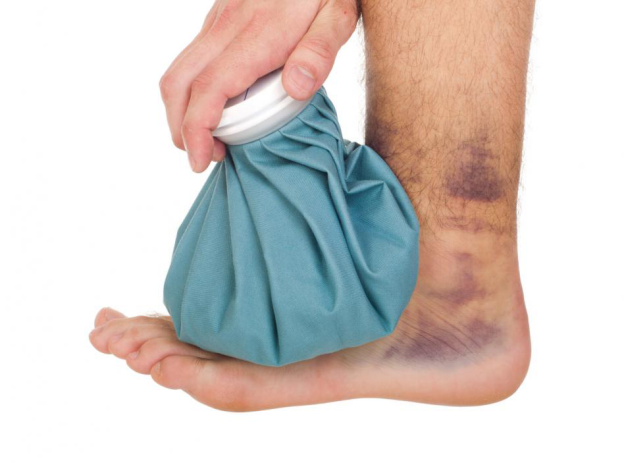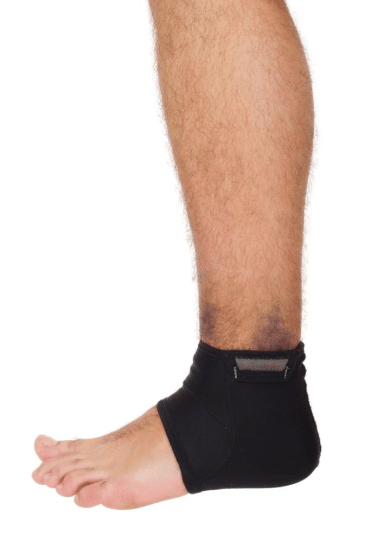Muscular exertion and contact sports are usually the primary causes of sprains and strains. While most people see these two terms as interchangeable—due to similar causes and treatments—they differ in terms of severity.
Strains are muscular injuries that include everything from overstretching your muscles to partial fibre tears.
Sprains, on the other hand, involve the tearing of a ligament—a tough band of connective tissues that connects the bones inside your joints.
There are remedies that can reduce the pain for bot conditions, once you recognize the symptoms.
Causes and Symptoms
Like we previously mentioned, the signs that indicate sprains and strains are mostly the same; they just vary in intensity.
People with strained muscles experience dull pain around the affected area, which usually occurs when you apply pressure on a cold muscle.
In the case of a sprain however, you experience very sharp pain around your joint, and it hurts a lot when prodded. The pain is hard to endure and the recovery period lasts around five months.
Treatment Options
The best way to treat these conditions is by applying the RICE approach.
Rest
You should not put any pressure on the injured area. This means not lifting anything with your wrist or elbow for the following 24–48 hours. If you fail to do that, you may aggravate the injury further.
Ice
You should also apply an ice pack for roughly 10 minutes every hour. But keep an item of clothing between the ice and your skin to prevent freezer burn.
Compression
This serves the same purpose as ice—it reduces your swelling. All you need to do is wrap your affected area with an elastic bandage or a compression sleeve. However, you should make sure it’s not too tight, or it will constrict your blood flow!
Elevation
Compression is followed by a crucial step which significantly reduces the swelling. In order to drain the fluids in your joint, you should elevate the joint at least 8–12 inches over your heart with the help of a pillow. Do this for two to three hours every day, and you will feel a major difference.
Your technique needs to be just right and you need to know some exercises to take care of these injuries if you don’t want to deal with a relapse or chronic pain.
In order to train you, we’ve come up with certified occupational first aid courses. These courses have a segment that teaches you how to correctly deal with soft tissue injuries, with useful demonstrations to guide you better.
Come to any of our learning centers across British Columbia and get yourself enrolled!








